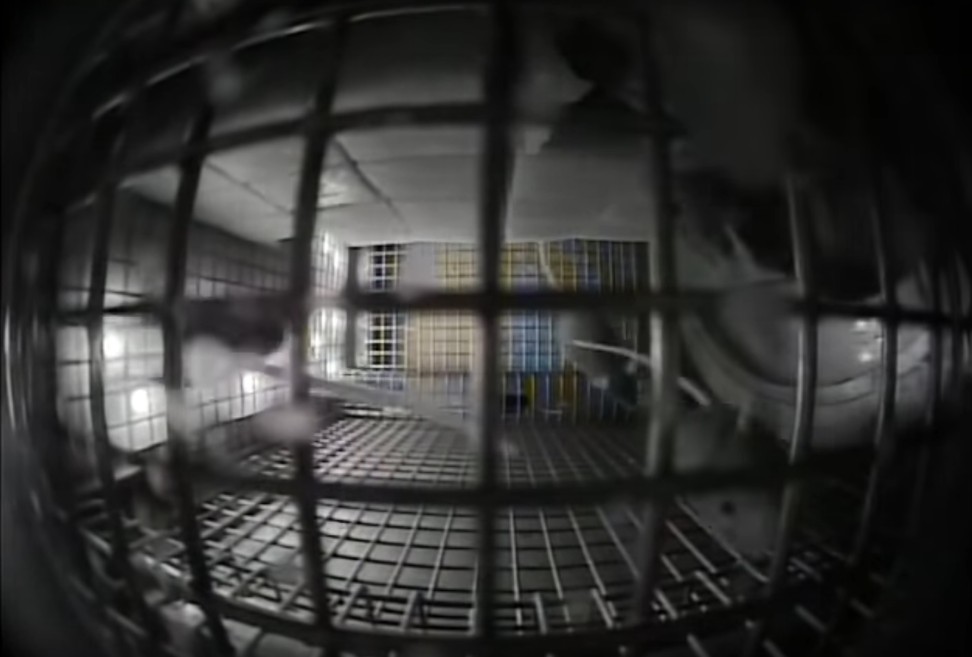
See how they run: watch these mice in Nasa’s rodent habitat learn new way to play in space
- After more than a week on the International Space Station, the animal begin to sprint and glide, like they are zooming inside invisible hamster wheels
- Scientists called this previously unseen behaviour ‘race-tracking’
Microgravity changes human behaviour. Astronaut Chris Hadfield said he learned to speak differently because he became accustomed to speaking through weightless lips. Aboard the International Space Station, people have invented games that are impossible to play on Earth: Nasa’s Scott Kelly, for instance, once played a solo round of table tennis by slapping a floating ball of water between two paddles.
Humans share this trait with other spacefaring mammals. Mice act differently in space, according to a report published this month in the journal Scientific Reports.
Twenty female mice lived aboard the ISS, in a newly installed Nasa Rodent Habitat, for up to a month. Scientists at Nasa Ames Research Centre and other institutions filmed the mice.
Rodents have been to space before, but the video provides the “first detailed behavioural analysis” of mice in a space habitat, the study authors wrote.
Woman claims she found mouse tail in her ice lolly, challenges shopkeeper to eat it
At first the mice groomed each other and huddled together, which was not out of the ordinary. They somersaulted, as mice sometimes do on Earth. They ate, as normal.
But something changed. After more than a week in space, young mice began to sprint and glide, as though they were zooming inside invisible hamster wheels.
The scientists called this circling behaviour, which they had not seen before, “race-tracking”.

Within a few days, other mice joined the fray. As a group, they ran laps around the habitats, reaching speeds of about a 1.6km/h.
The scientists are not sure why the mice did this. Perhaps the rodents were trying to balance their inner ears. It is possible they were stressed. But exercise can be rewarding, the authors pointed out. Maybe these mice had invented, like Kelly and his water-ball table tennis, a new way to play.

